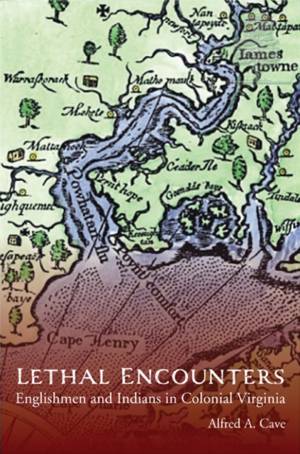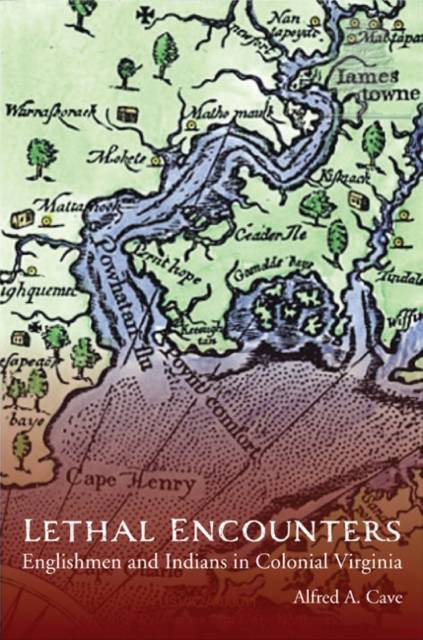
- Afhalen na 1 uur in een winkel met voorraad
- Gratis thuislevering in België vanaf € 30
- Ruim aanbod met 7 miljoen producten
- Afhalen na 1 uur in een winkel met voorraad
- Gratis thuislevering in België vanaf € 30
- Ruim aanbod met 7 miljoen producten
Zoeken
€ 34,95
+ 69 punten
Uitvoering
Omschrijving
This in-depth narrative history of the interactions between English settlers and American Indians during the Virginia colony's first century explains why a harmonious coexistence proved impossible.
While the romanticized story of the Jamestown colony has been retold many times, the events following the marriage of Pocahontas and John Rolfe are less well known. The peace and goodwill did not last; within one hundred years of the English settlers' arrival in Virginia, the Indian population had been reduced by more than 90 percent through warfare, disease, and indiscriminate extermination.
Britain's first successful settlements in America occurred more than four hundred years ago. Not surprisingly, the historical accounts of these events have often contained inaccuracies. This compelling study of colonial Virginia, based on the latest research, sheds new light on the tensions between the English and the American Indians and clarifies the facts about several storied relationships.
In Lethal Encounters, Alfred A. Cave examines why the Anglo settlers were unable to establish a peaceful and productive relationship with the region's native inhabitants and explains how the deep prejudices harbored by both whites and Indians, the incompatibility of their economic and social systems, and the leadership failures of protagonists such as John Smith, Powhatan, Opechancanough, and William Berkeley contributed to this breakdown.
While the romanticized story of the Jamestown colony has been retold many times, the events following the marriage of Pocahontas and John Rolfe are less well known. The peace and goodwill did not last; within one hundred years of the English settlers' arrival in Virginia, the Indian population had been reduced by more than 90 percent through warfare, disease, and indiscriminate extermination.
Britain's first successful settlements in America occurred more than four hundred years ago. Not surprisingly, the historical accounts of these events have often contained inaccuracies. This compelling study of colonial Virginia, based on the latest research, sheds new light on the tensions between the English and the American Indians and clarifies the facts about several storied relationships.
In Lethal Encounters, Alfred A. Cave examines why the Anglo settlers were unable to establish a peaceful and productive relationship with the region's native inhabitants and explains how the deep prejudices harbored by both whites and Indians, the incompatibility of their economic and social systems, and the leadership failures of protagonists such as John Smith, Powhatan, Opechancanough, and William Berkeley contributed to this breakdown.
Specificaties
Betrokkenen
- Auteur(s):
- Uitgeverij:
Inhoud
- Aantal bladzijden:
- 216
- Taal:
- Engels
Eigenschappen
- Productcode (EAN):
- 9780803248342
- Verschijningsdatum:
- 1/11/2013
- Uitvoering:
- Paperback
- Formaat:
- Trade paperback (VS)
- Afmetingen:
- 154 mm x 228 mm
- Gewicht:
- 308 g

Alleen bij Standaard Boekhandel
+ 69 punten op je klantenkaart van Standaard Boekhandel
Beoordelingen
We publiceren alleen reviews die voldoen aan de voorwaarden voor reviews. Bekijk onze voorwaarden voor reviews.











